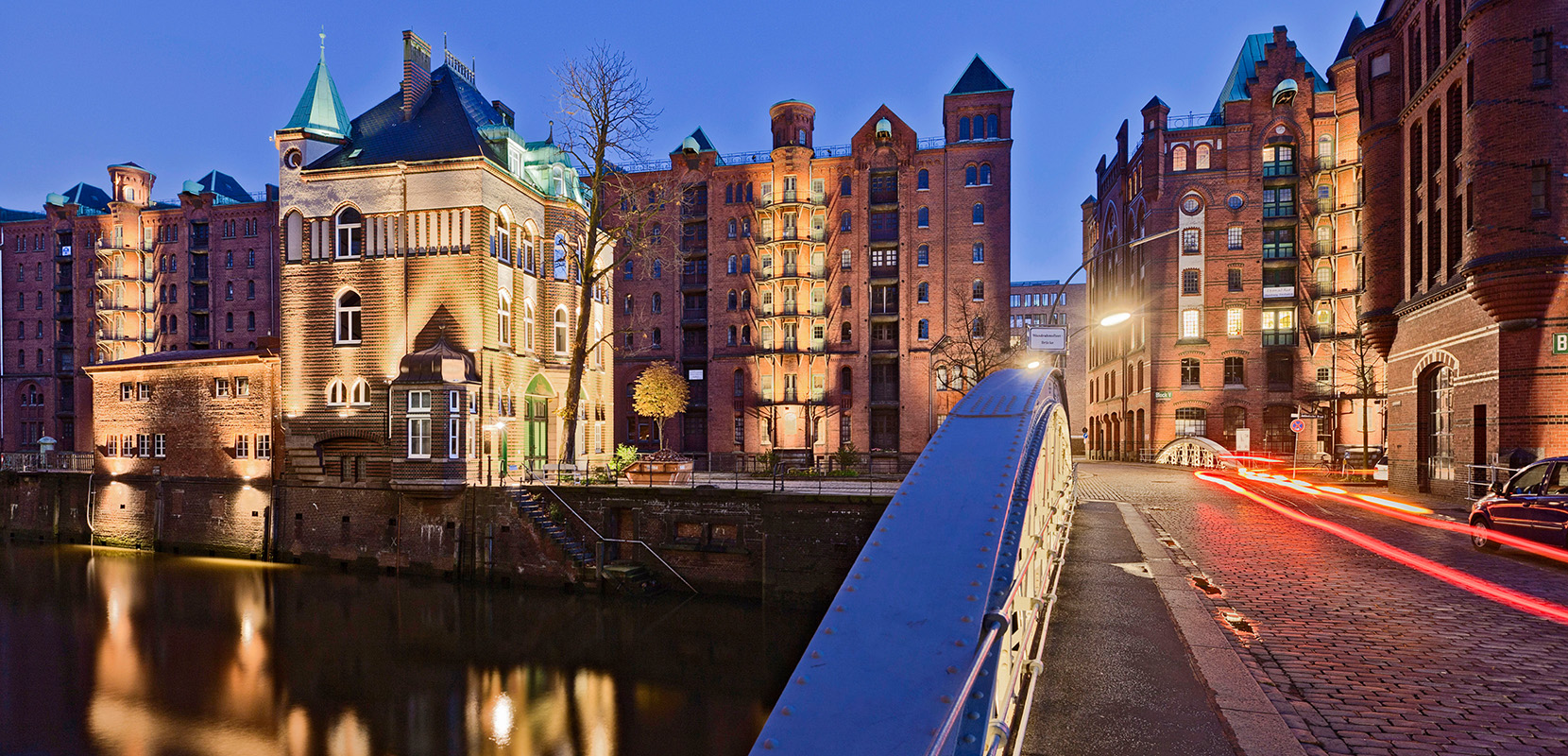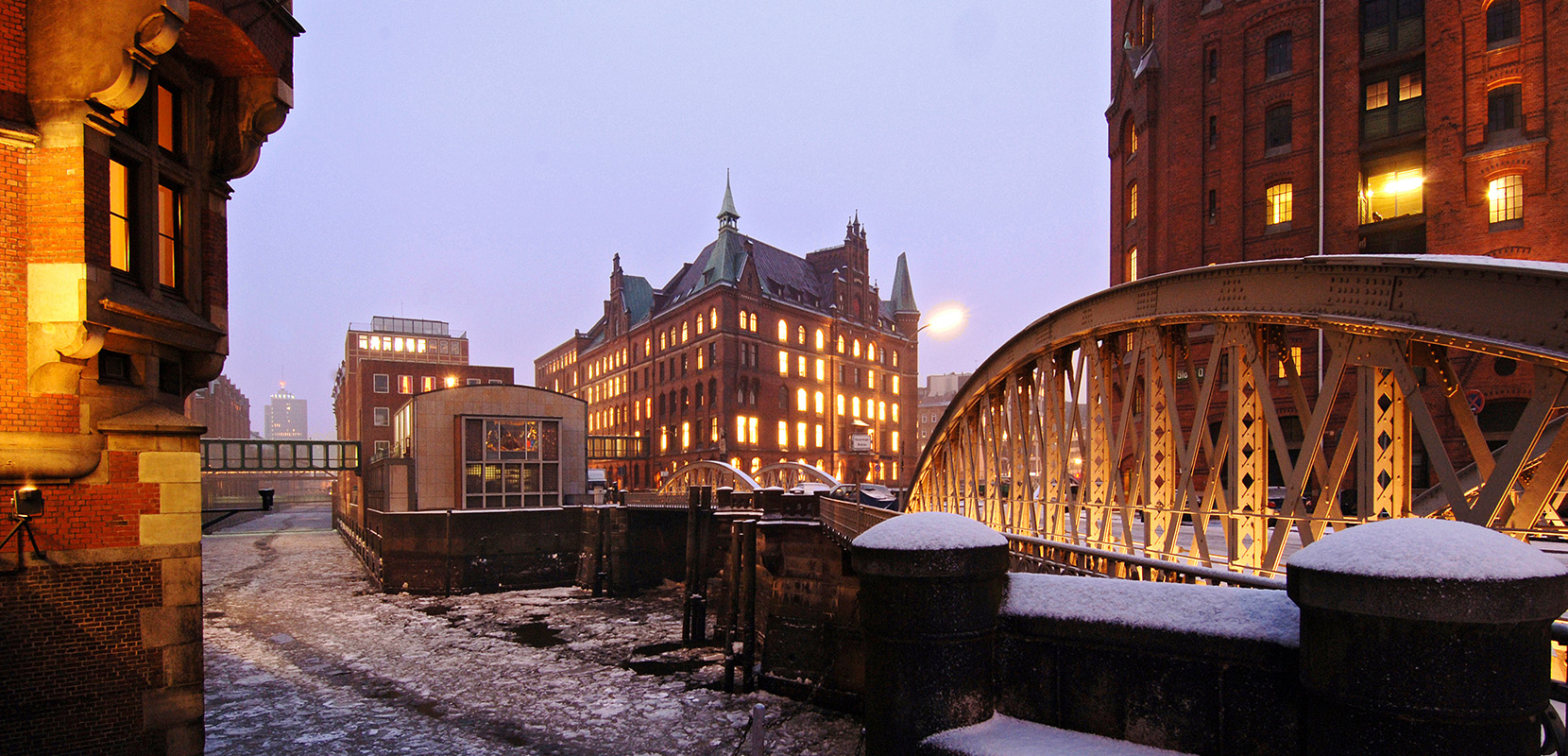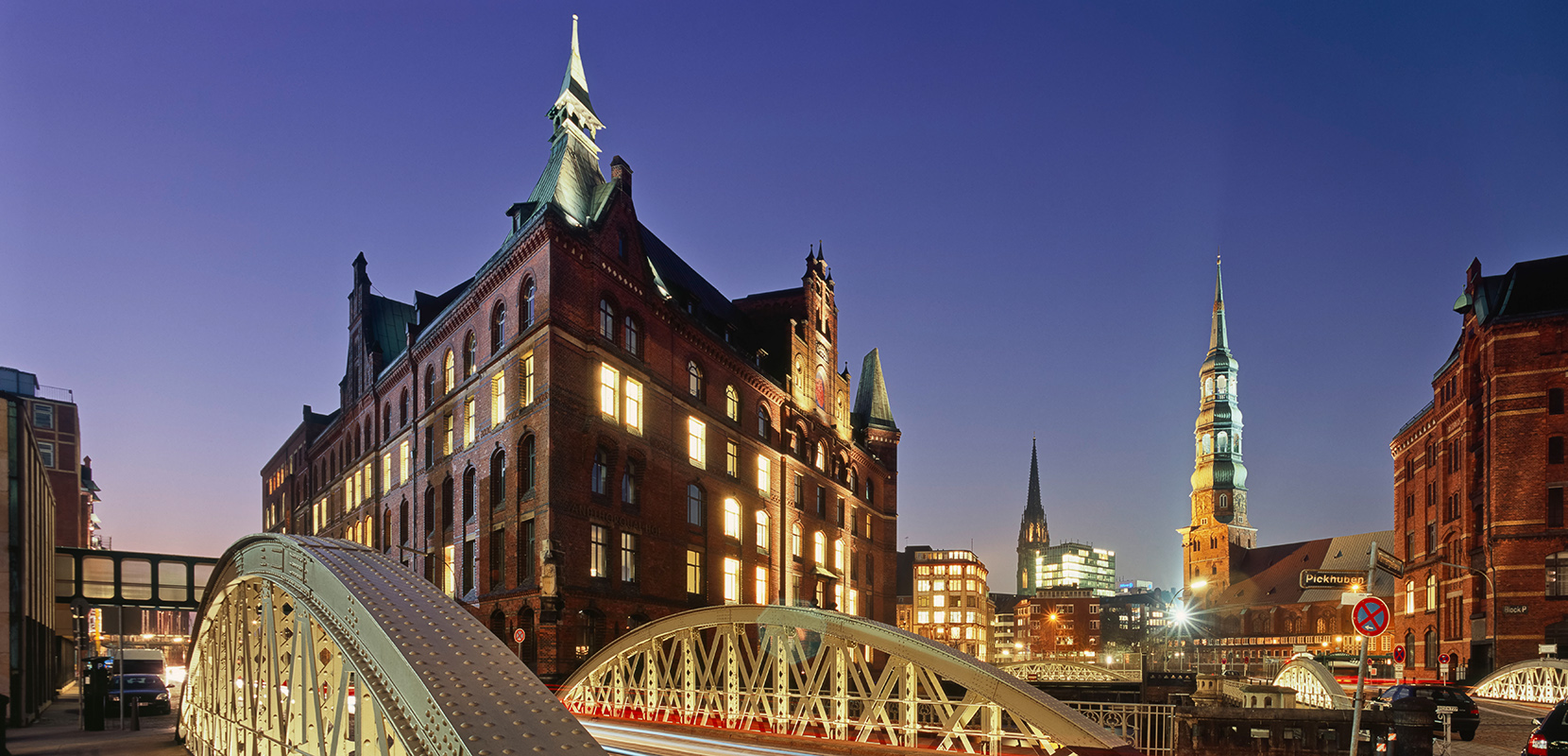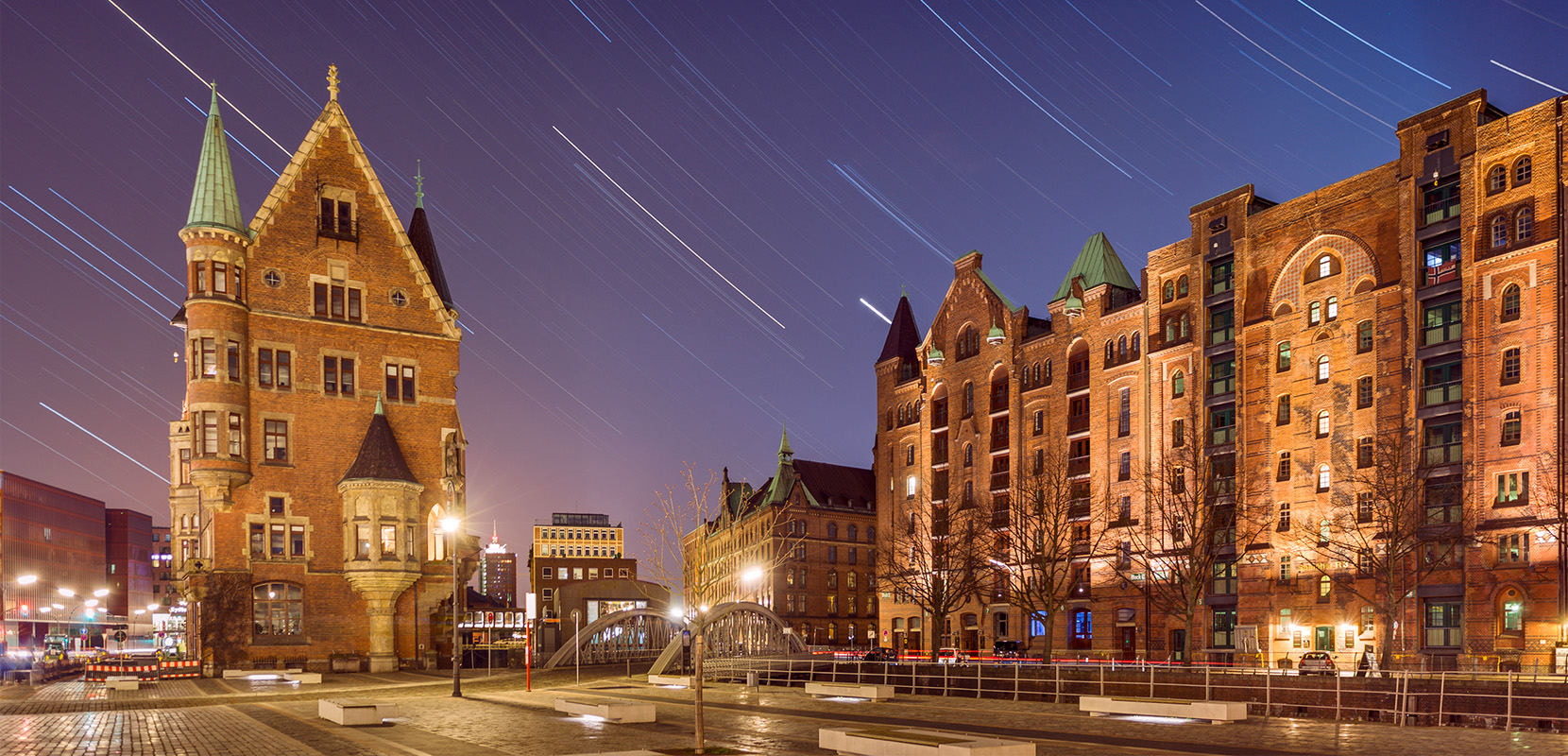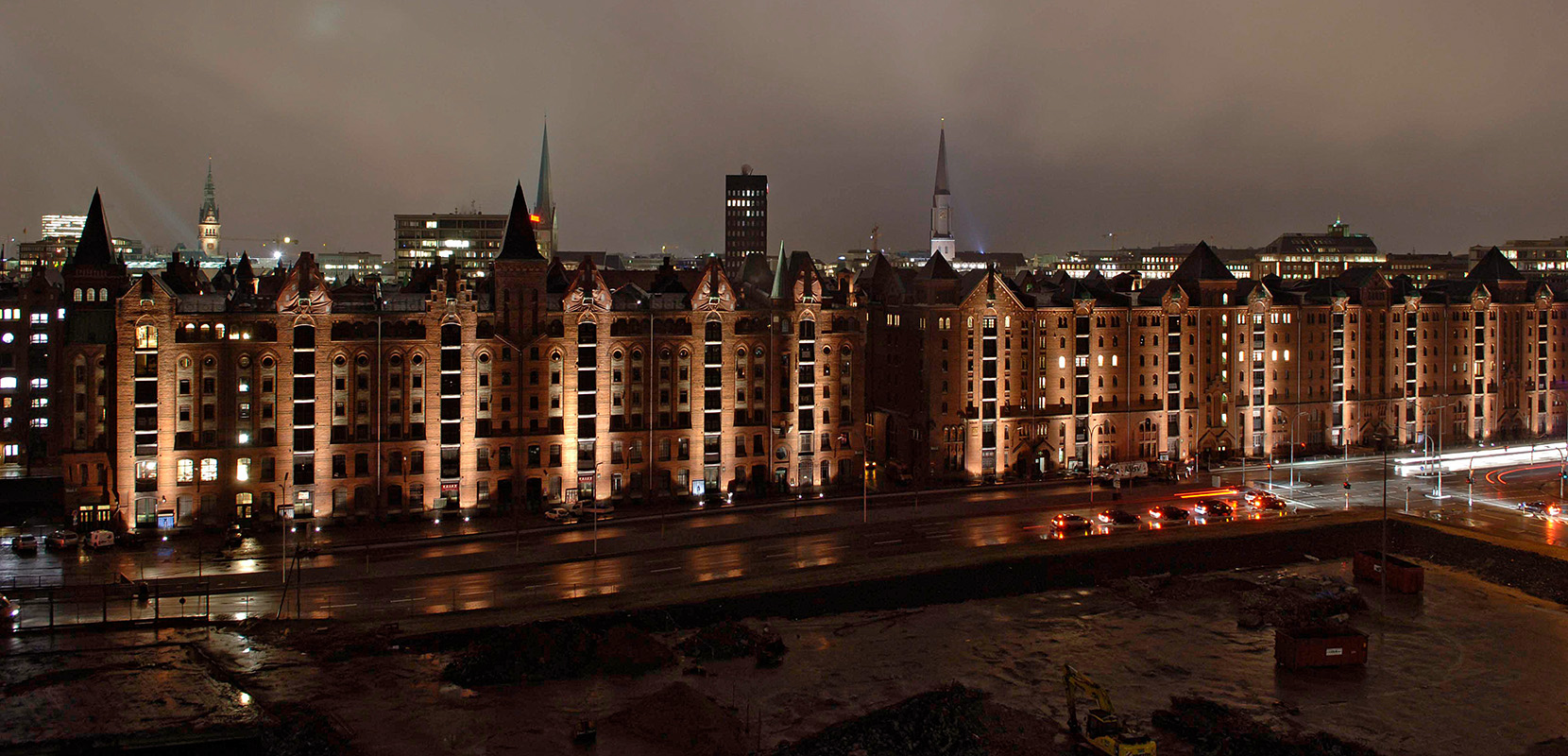Deutsches Zollmuseum
In the old customs office “Kornhausbrücke” customs history from ancient times to the present is gathered: Documents, smuggling hiding places, uniforms and relics from the offices of days gone by. Even a disused customs cruiser can be seen. Around 2,000 exhibits ranging from A for agricultural duties to Z for customs seals convey lively contemporary customs history on 800 square meters.
Alter Wandrahm 16 20457 Hamburg
Phone +49 40‑3008 76–11 Fax +49 40‑3008 76–20
www.museum.zoll.de
museum@zoll.de
Admission and guided tours 2 euros, children and youth up to 17 years free of charge
The German Customs Museum is barrier-free.
Tuesday to Sunday 10.00-17.00
Monday closed
DIALOGHAUS HAMBURG gGmbH
Meaningful darkness: blind and visually impaired people open the eyes of visitors and show them a world that is not poorer, but merely different. In this exhibition on the discovery of the invisible, there is nothing to see, but much to discover. For those accustomed to the light, it is a fascinating and irritating journey that appeals to the senses and touches the soul.
Alter Wandrahm 3, 20457 Hamburg
Bookingline: 0700 44332000 (max 12 Ct./Min.)
www.dialog-im-dunkeln.de
info@dialog-im-dunkeln.de
Admission: children 6 euros, adults 14 euros, reduced 9 euros, families 38 euros
Since the exhibition can only be visited guided, a reservation by phone is required! The tours last 60 or 90 minutes.
Tuesday to Friday 9.00 – 17.00
Saturday, Sunday and public holidays 11.00-19.00
Monday closed
HafenCity InfoCenter
The future on a scale of 1:500 – the HafenCity InfoCenter in the former boiler house shows everything worth knowing about the most important urban development project in Hamburg and will continuously accompany the planning process. The centerpiece is an 8 x 4 meter model of the platted area.
Am Sandtorkai 30, 20457 Hamburg
Phone +49-40–36901799
www.hafencity.com
info@hafencity.com
Admission free
Tuesday to Sunday 10.00-18.00
Monday closed
From May to September extended opening hours: Thursday 10-20 h
Hamburg Dungeon
History, excitement, fun: The Hamburg Dungeon takes its visitors into the gruesome realms of Hamburg’s past, as the very name Dungeon suggests. The 2,200 square meters of the creepy dungeon are designed down to the last detail and peppered with scary effects and technical refinements.
Kehrwieder 2, 20457 Hamburg
Phone +49-40–36005500 . WK: +49-40–30051512
www.hamburgdungeon.com
info@hamburgdungeon.com
Admission prices: from 15,95 Euro (children) to 19,95 Euro (adults)
Not suitable for small children. Children under 14 are admitted only when accompanied by an adult.
Monday to Sunday 11.00 – 18.00 (last admission)
In July and August 10.00 – 19.00
Miniatur Wunderland
H0 as the scale of all things: This layout of miniaturized superlatives is one of the largest model railroads in the world. Nevertheless, it is not only rail traffic that can be marveled at here, but the very special everyday life between reality and fantasy. A daily routine is simulated in 15-minute intervals and the blue hour settles over the wonderful miniature land.
Kehrwieder 2, Block D, 20457 Hamburg
Ticket hotline (TZH): +49-40–30051505
www.miniatur-wunderland.de
info@miniatur-wunderland.de
Admission: 6 to 12 euros
Monday to Friday 9.30 – 18.00
Tuesday 9.30 – 21.00
Saturday 8.00 – 21.00
Sunday, holidays 8.30 – 20.00




